
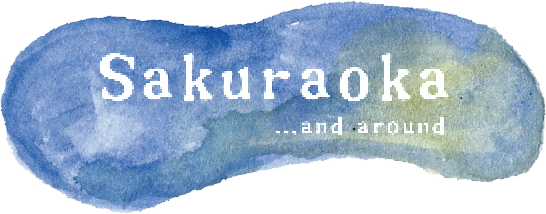
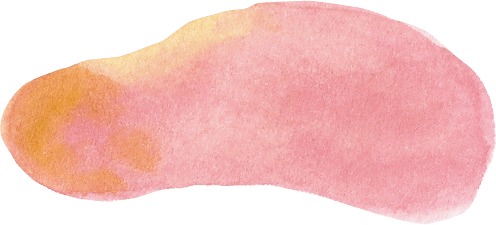 AsahiyamaArea
AsahiyamaArea



 AsahiyamaZoo
AsahiyamaZoo
 AsahiyamaPark
AsahiyamaPark
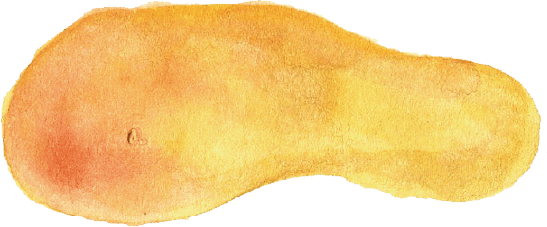 pe-pan
pe-pan
 FuruyaFarm
FuruyaFarm
 SericultureHouse
SericultureHouse
 FarmCountryRoad
FarmCountryRoad
 AsahikawaCity 21stCenturyForest
AsahikawaCity 21stCenturyForest
pe-pan area
In the Higashi -Asaigawa area, there is a place name derived from the Ainu language.
If you go to the site based on the meaning of each place, you will find new discoveries.


- Ainu name
- pe-pan
- Japanese name
- American River
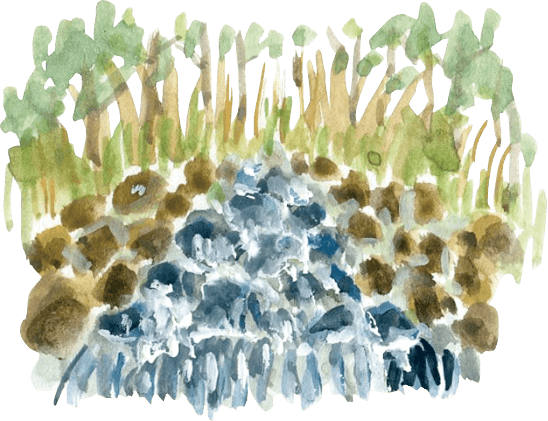
The theory that PE-PAN (Pipan) has the meaning of "water drinking (drinking water)" and PE-PAN-PET (Papan Pet) PET (Pet) PET (Pet) is abbreviated. There are two theories.
* PAN (bread) also means light taste.

- Ainu name
- ku-rarma-i
- Japanese name
- Kuranuma River

KU-RARMA-I means "where the bows are cut". The other name of the bow is also called amappo (Amappo), and here is the theory that "a place to catch a bear". It is said that there was a path for hunting until the pioneering period on the hillside along the river.
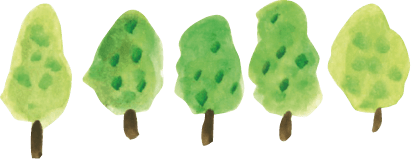
- Ainu name
- kito-us-nupuri
- Japanese name
- Mt.Kitoushiyama
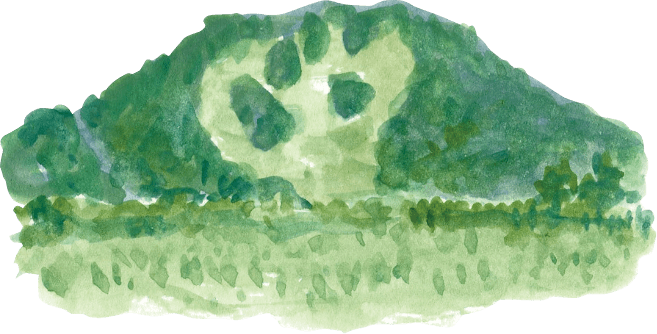
KITO-us-nupuri means "Gyojaninniku Shushu". It was named because it was a mountain that could be easily collected by the important food of Ainu people.
* It is a mountain name in various parts of Hokkaido.
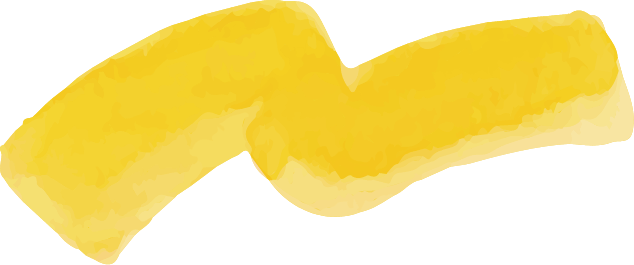
Asahikawa City 21st Century Forest
In the rich greenery embraced in the pocket of Daisetsuyama, you can use it for nature observation and nature experience, while enjoying the pure air and the breath of nature, and the accusation of leisure and friends.

| location | 888 Mizuho, Higashi -Asaikawa -cho, Asahikawa City |
|---|---|
| opening period | [Every year] May 1st -November 30th * Only log houses all year |
| TEL | [Training facility ""log house""] 0166-76-2108 [Family Zone ""General Information Center""] 0166-76-2454 |
| URL | http://www.asahikawashi21seikinomori.net/ |

Sericulture house
It was built by Fukushima people who settled in the Meiji era, imitating their hometown sericultural houses. The rice rice (paper) area where this building is located is one of the most sericulture in the whole road, and can be seen inside the building, which has been devised by traditional sericulture technology.
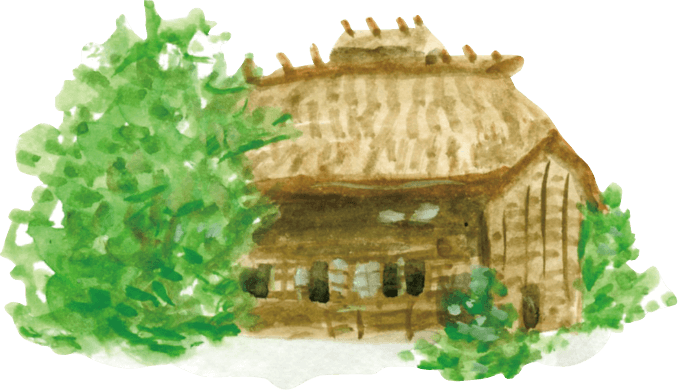
| location | 1576th Mizuho, Higashi -Asaikawa -cho, Asahikawa -shi |
|---|---|
| business hours | [Inside the building] April 29th to November 3rd 9:30 am to 4:30 pm [Exterior] Tour all year |
| TEL | [Asahikawa City Board of Education Social Education Division Culture Promotion Division] 0166-25-7558 |
| URL | http://www.city.asahikawa.hokkaido.jp/kurashi/329/348/353/p000198.html |

Furuya Farm
After settling in this area in 1907, it has been agriculture as a living for five generations. You can practice rice and vegetables direct sales, agriculture and harvest experience, and straw work experience by practicing "manufacturing" with sincerity and gratitude for the joy of our customers. Please come to see the emoticon rice field message.
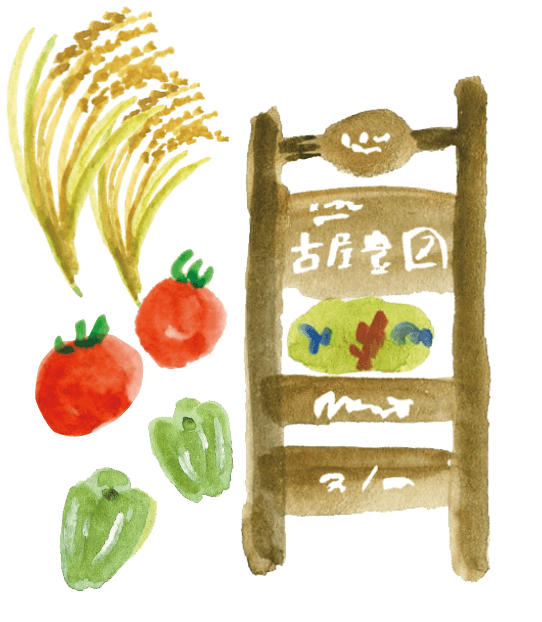
| location | 396-2 Toyota, Higashi-Asaikawa-cho, Asahikawa |
|---|---|
| opening period | "[Universal] 9:00 am to 11:30 am, 2:00 pm to 5:00 pm [Regular holiday] irregular holidays * Please check in advance by phone or website. |
| TEL | 080-3267-5411 |
| URL | https://furuya-nouen.jimdofree.com/ |

Farm country road
In the rich paper area overlooking Hokkaido Daisetsuyama, we make ripe tomato juice with coloring, preservatives, and additive -free salt.
It is a climate that brings out the sweetness of tomatoes, and we are cultivated by sticking to the use of chemical fertilizers and chemical pesticides as much as possible. Please come to taste fresh tomato juice.

| location | 1578-1 Mizuho, Higashi-Asaikawa-cho, Asahikawa City |
|---|---|
| business hours | [Every year] April -October 1:00 pm -5:00 pm [Regular holiday] irregular holidays |
| TEL | 090-3395-5540 |
| URL | https://farm-countryroad.com/ |
※Please contact us in advance.
◎ Agricultural products processed (sold yearly) ◎ tomatoes and others (July -September)
Flowers related to Ainu culture
For Ainu people, plants are indispensable for living. This time, we will introduce flowers that are closely related to the Ainu people that can be seen on the walking path of Asahiyama Park.
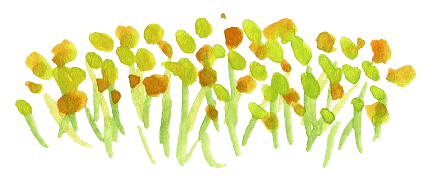
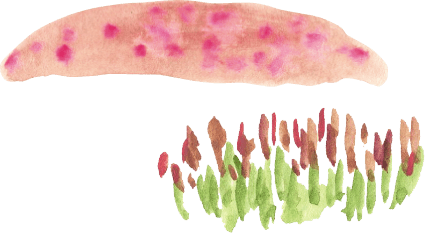
- Ainu name
- ciray -apappo
- Japanese name
- Fukujusou
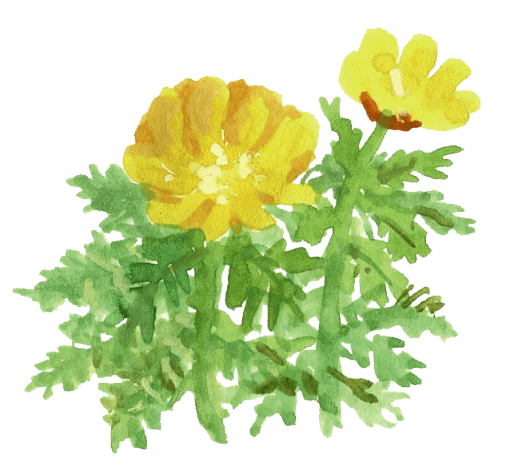
CIRAY -APAPPO (Chirai Apapo) means "Itohana". It is reported that it was said that it was necessary to prepare for fishing because it went up to the river by the time this flower blooms. In addition, the people of the Ainu are described as "the eyes like Fukujusou", even if they look at the light of God in the yellow of the flower that glows in gold and see through the heart. It is also effective as a medicinal use, and Obihiro is said to have drank the roots as a heart medicine.

- Ainu name
- toma
- Japanese name
- Ezo Engosaku
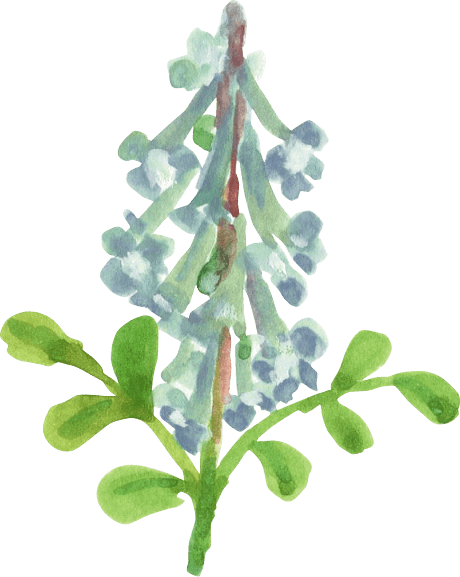
TOMA (Toma) pointed only to the stem, and was considered an important food including dennown flour. After collecting the stem, it is said that it was stored in a yarn and preserved in a rosary, exposed to water, and then eaten with fat. This flower, which has a sweet honey taste when sucked, was also called I-Topen-Ra (Itopenra) "sweet leaf (flower)".
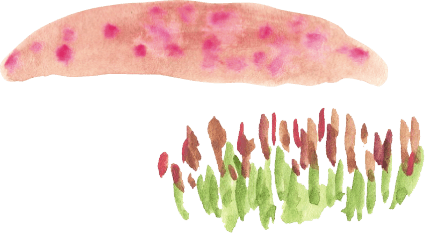
- Ainu name
- es-ke-rim-rim
- Japanese name
- Katakuri
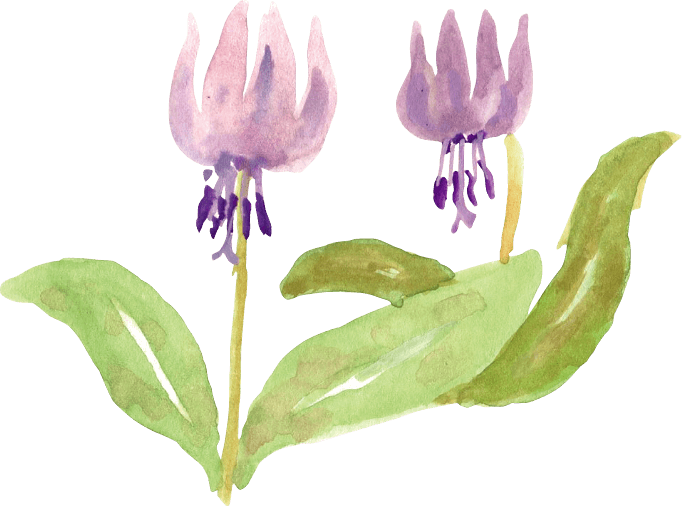
It is said that ES-KE-RIM-RIM (Eshike Rim Rim) refers to its roots (bulbs), takes into a mortar, and eats it in Sayo (porridge). In the shizuna region, the scum with denched flour was drilled like a dumpling, and it was hanging on a cupboard through a string. Not only the roots, but also the leaves were boiled and used.
- Ainu name
- pukusa-kina / ohaw-kina
- Japanese name
- Nirinsou / Fukubella
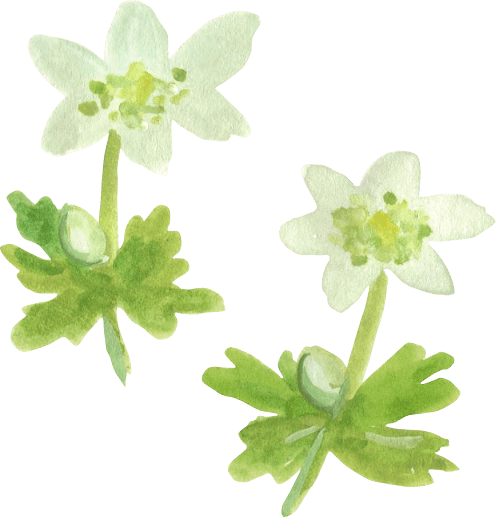
Pukusa-kina (Pukusa Kina) means "Pukusa (Gyojaninnik) Grass" and OHAW-KINA (Ohawukina) "Juice Grass". The basic food with the Ainu people was Ohau (juice) or Sayo (porridge), especially Ohau was a staple food. It is said that this flower was collected in the spring, the foliage was distorted, dried and stored, and when eating, it was returned to water and boiled to eat. I was able to collect a lot, and there was no taste, and from a refreshing and soft place, I ate young leaves with flowers as "Otashi".
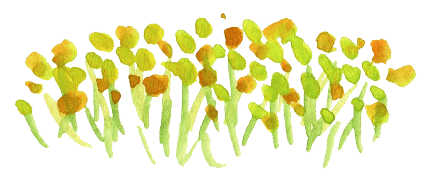
- Ainu name
- pittok
- Japanese name
- Ohanaldo

There is a theory that PITTOK (pitque), PIR-TUK (Pirotouk) is derived from "Kizuzu", and it is said that it was used for a baby in Bihoro for a baby, and in the neighborhood of abdominal pain. For edible use, Pittok-Rataskep (Pittok Lataskep) "Hanaldo Cooking" was dried, soaked in lukewarm water, soaked it, chopped it, boiled with beans and cooked it as winter dishes.

- Ainu name
- tu-re-p
- Japanese name
- Ooba lily
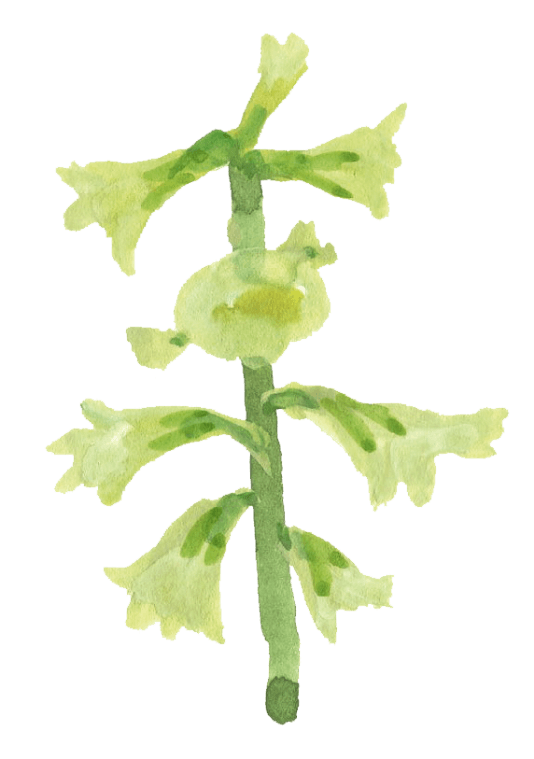
TU-RE-P (Toulep) In the sense of "melting", it is a name that only refers to its roots (bulbs). For the Ainu people, the dent flour from the roots, along with the roots, is an important food source along with Gyojaninnik, fermented, drilled a slightly dry flour in a disk, hanged it, dried it, and preserved food. It is a female who does not add flower flour, and the title of the god of the Ainu ethnic religion is Turep-Kamuy-Menoko (Turep-Huci) and a woman. It was used for abdominal pain and constipation as a medicinal, and was carefully preserved.
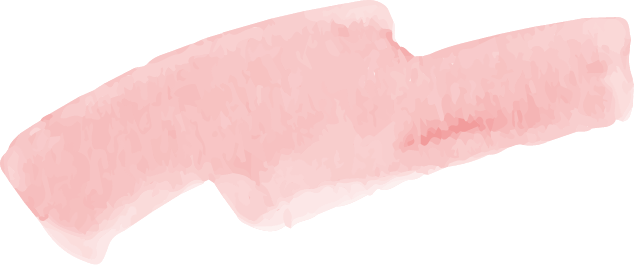
Asahiyama Park
In a park that spreads out in a hills wrapped in nature, natural beauty is preserved well, and it has long been known as a famous cherry blossom spot. It is a park loved by citizens, which is interesting to take a stroll slowly, with flowers that are closely related to the Ainu people.

| location | Kuranuma, Higashi -Asaikawa -cho, Asahikawa |
|---|---|
| TEL | Asahikawa City Park Greenland Association / 0166-52-1934 |
| URL | http://www.asahikawa-park.or.jp/park/special/asahiyama.html |
Animals related to Ainu culture
In the harsh nature of Hokkaido, many wild animals have always been familiar with the Ainu people who have lived.
This time, we will introduce animals that are closely related to the Ainu people who can be seen at Asahiyama Zoo.


- Ainu name
- kimun-kamuy
- Japanese name
- Brown bear
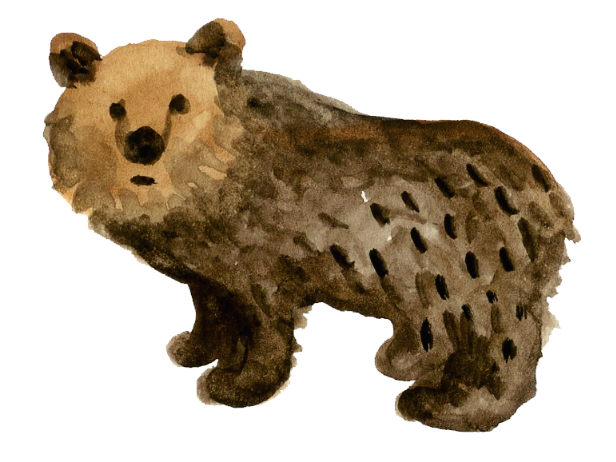
"Kimun-kamuy means ""the god of the mountain"".
It is the highest rank among Kamui (God), and the people of the Ainu will hold the ""Iomante"" ritual to send the souls of the child to the world of Kamui, hoping that Kamui, which is necessary for their lives, will come again. This ceremony had an important meaning for Ainu people."

- Ainu name
- horkew-kamuy
- Japanese name
- Wolf
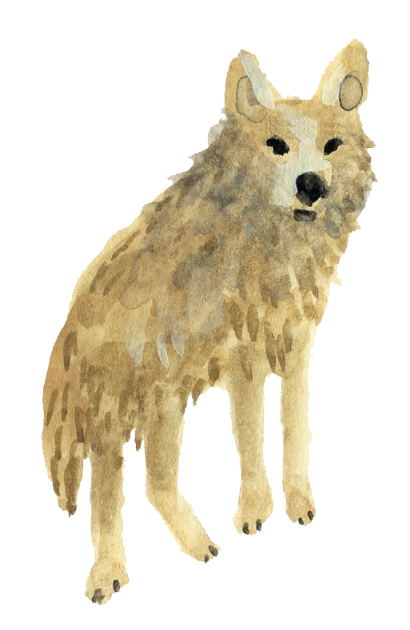
HORKEW-KAMUY means ""Wolf God"".
The Ainu people worshiped wolves as ""gods who take deer"" and ""gods to hunting"" and coexisted. What lived in Hokkaido was the extinct ""Ezo wolf"", and the type of ""Shinlin Ookami"" is currently bred at Asahiyama Zoo.
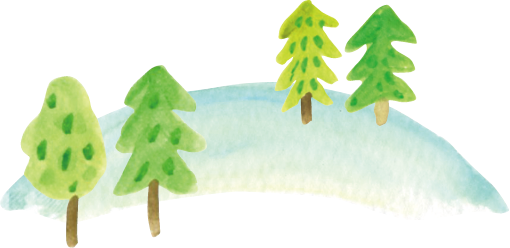
- Ainu name
- yuk
- Japanese name
- Ezo deer
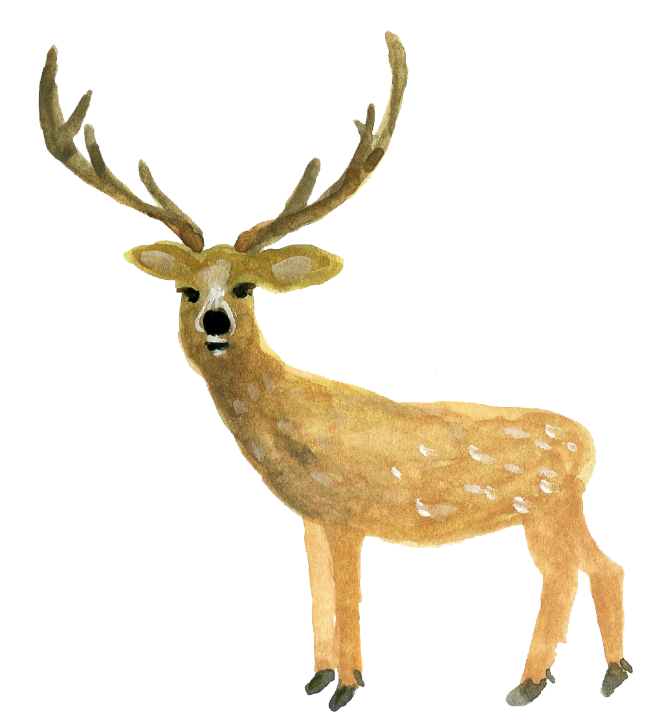
Yuku was an important food, a material for life equipment, but not a Kamui.
Meat was used for edible, fur was used for winter clothes and shoes, and all parts were used, from horns, bones, and tendons.
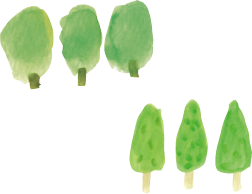
- Ainu name
- ci-ronnu-p
- Japanese name
- Fox
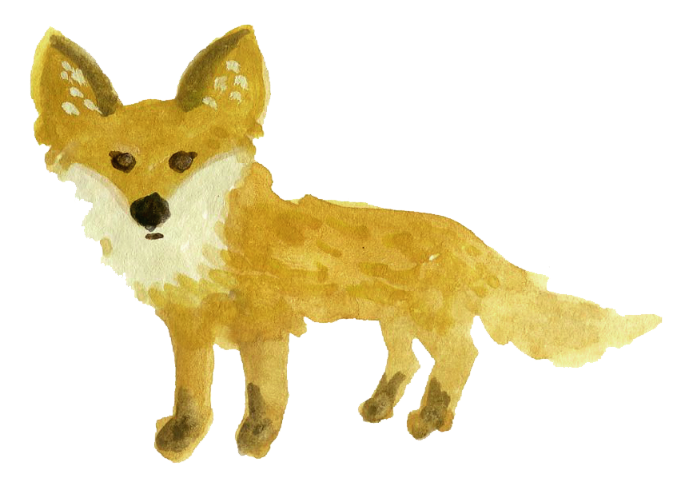
CI-RONNU-P (Chilonnup) means "what we kill a lot". The people of the Ainu Ainu were called "Sumari". It was an animal captured for the purpose of fur for trade. It is also a god who will inform you of the disaster in advance, and is said to have used the skeleton for hunt fortune -telling.
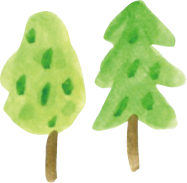
- Ainu name
- kotan-kor-kamuy
- Japanese name
- Shimafuro

kotan-kor-kamuy (Kotanakorokamui) ""God who seizes the village,"" = ""God watching the village"".
In the Ainu culture, it was a very high Kamui, along with brown bears in land creatures, protecting the village from bad Kamui. In addition, it was informed of the dangers approaching the village, such as natural disasters and bears approaching.
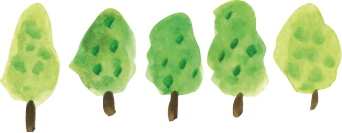
- Ainu name
- sarorun-kamuy
- Japanese name
- Crane
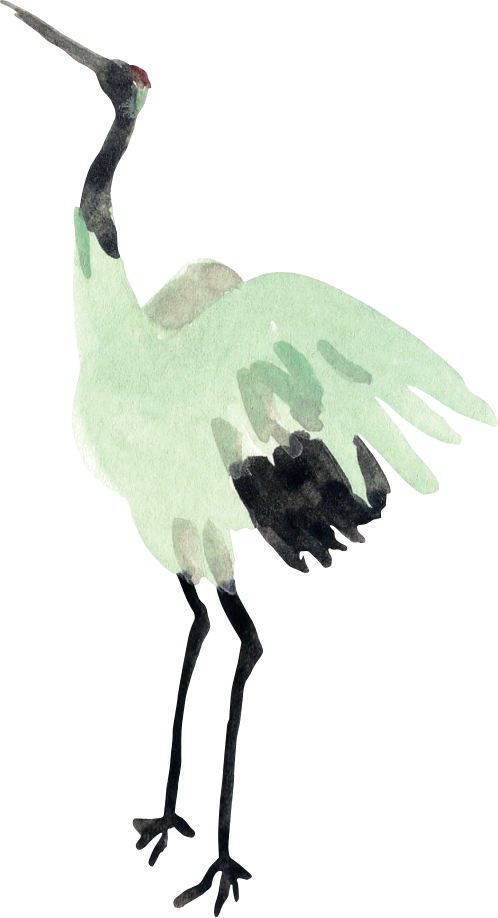
Sarorun-kamuy (Salorn Kamui) means "God living in the wetland". There are traditions that Salorn Kamui told the bear's whereabouts by the sound, and that he had exterminated bears (Wenkamui bad gods). Currently, a cranche, which lives in the eastern region of Hokkaido, remains in the Kamikawa region, and the old dance that imitates the parent and child of the cranche is also passed on.
For Ainu people
Many animals have changed their appearance.
Food meat and fur that are used for clothing, etc.
It is considered to be a souvenir for humans.
Therefore, the Ainu people who have gained prey are
Thank you for visiting us
I hope Kamui will come again
He dedicated the words of prayer and many services.

Asahiyama Zoo
The northern part of Japan, where you can see a lively appearance by "behavioral exhibitions" that make use of the characteristics of animals. There are many attention initiatives, such as "Night Zoo" and "Snow Light Zoo". Many animals involved in the Ainu people are on display.
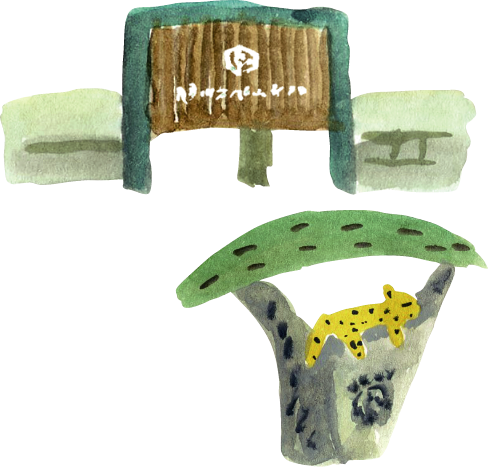
| location | Kuranuma, Higashi -Asaikawa -cho, Asahikawa |
|---|---|
| opening time | Please see the homepage. |
| TEL | 0166-36-1104 |
| URL | https://www.city.asahikawa.hokkaido.jp/asahiyamazoo/index.html |




